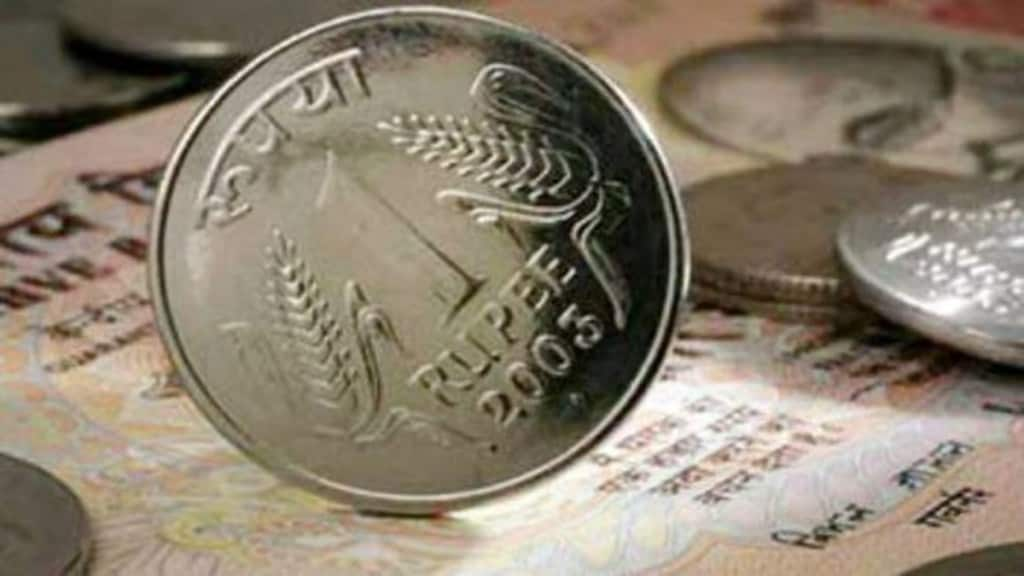With the rupee touching yet another low of 85.81 a dollar, before settling at 85.78 on Thursday, forward premium rates have increased to multi-year highs. Driven by huge liquidity deficit in the banking system and increase in hedging bets by importers, the one-month dollar/rupee forward premium rose to 3.30%, the highest since March 2022. The one-year forward rate rose to 2.60%, highest since October 2022.
The implied yield on the one-month dollar/rupee forward premium is around 30 basis points higher than on the one-year, while the implied yield on the 3-month is around 14 bps higher than on the one-year.
The dollar/rupee forward premiums are used by companies to make forex hedging decisions. Any change or inversion in the premiums curve could impact the tenure of the hedges and thus, a company’s decision on taking a hedge.
“Continuous intervention through buy/sell swaps have led to this inversion in the forward premium curve,” said a forex trader with a state-owned bank.
Importers say in the near-term, the rupee may fall past 86/$ mark due to a strong dollar, supported by high US Treasury yields, and likely tariff policies of the new US President, Donald Trump, said forex traders. This has prompted them to increase hedging bets on the dollar/rupee, pushing the near-term forward rates upwards.
At the same time, the Reserve Bank of India has been selling dollars in the spot market to support the rupee as the currency hits new all-time lows on a regular basis, draining the rupee liquidity from the banking system. In the last few days, the system liquidity deficit has crossed Rs 2 lakh crore.
The central bank has resorted to other methods such as active intervention in the non-deliverable forwards (NDF) market and conducting mid-tenor buy/sell swaps, selling dollars for a future maturity, thus leaving rupee liquidity and forex reserves unaffected.
However, the RBI’s strategy of the buy/sell swaps in the mid to longer maturities, is pushing those forwards lower. In mid December, the 1-year implied yield dropped below 2% for the first time in four months.
On the contrary, yields on near maturities have surged, attributed largely to the arbitrage opportunities between the onshore and the NDF market, forex traders said. The NDF dollar/rupee rates have been rising due to the rupee’s weak outlook, leading to the arbitrage. To cash on this arbitrage, banks buy dollars in the onshore forward market, which pushes up premiums in that tenor.
Unless the apex bank introduces additional measures such as open market operations or buybacks, the rates of forward premiums are likely to stay higher, said forex traders. A large section of markets, government bond and forex market, is anticipating the central bank to announce open market operations in its next monetary policy meeting, scheduled in February.
“The increase is more on account of liquidity. We are in a liquidity deficit of about Rs 2 lakh crore which may increase as we approach March. So short term premiums look to remain higher unless RBI does something to ensure liquidity is high. When importers hedge they buy spot and then do a sell buy for forward which keeps premiums well bid ,” said Anil Kumar Bhansali, head of treasury and executive director at Finrex Treasury.


